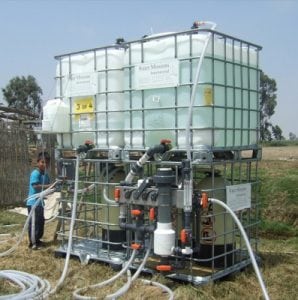
Agriculture
January 16, 2024
Living Water Treatment Systems
Read SolutionImplemented by
George Greene III, PE, PhD
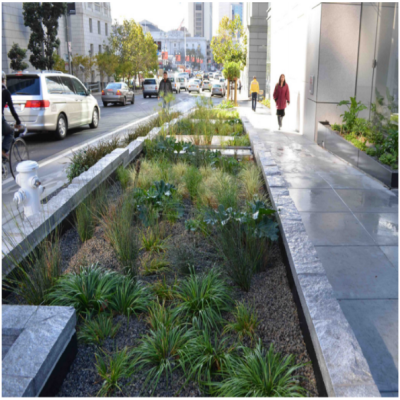
Updated on January 12, 2024
·Created on October 1, 2020
The Living Machine is a form of ecological sewage treatment that mimics a natural wetland system, marketed by Living Machine Systems, L3C.
The Living Machine is a form of ecological sewage treatment based on the principles of wetland ecology, pioneered by US ecological designer Dr. John Todd in the 1970’s. The Living Machine is designed and marketed by Living Machine Systems, L3C in Charlottesville, VA, USA. The Living Machine uses engineering, plants, and bacteria to efficiently treat and reuse wastewater.
Target SDGs
SDG 6: Clean Water and Sanitation
Market Suggested Retail Price
$1,000,000.00
Target Users (Target Impact Group)
Community, Small and Medium-sized Enterprises, Public Sector Agencies
Distributors / Implementing Organizations
This product is distributed by Living Water Systems, L3C.
Competitive Landscape
Direct competitors include AnoxKaldnes Moving Bed Biofilm Reactor, Sequential Batch Reactor, Membrane Biofilm Reactor, and Decentralized Wastewater Treatment Systems (DEWATS).
Regions
Worldwide
Manufacturing/Building Method
Unknown
Intellectural Property Type
Trademark
User Provision Model
This product can be acquired by contacting the manufacturer.
Distributions to Date Status
The exact number of distributions is unknown, however, Living Machine Systems, L3C state the Living Machine System has been installed in 30 locations globally.
Flow rate (L/min)
105.15 to 2628.76 L/min. Flow rate is dependant on site specifications.
Power Supply Type
Electrical
Technology type
Sedimentation, filtration, clarification, adsorption, nitrification/denitrification, volatilization and anaerobic and aerobic decomposition.
BOD Removal Efficiency
97%
COD removal efficiency
94%
NH4-N Removal Efficiency
94-98%
TSS removal efficiency
97-98%
Total Phosphorus Removal Efficiency
45-67%
Fecal Coliform Removal Efficiency
99.9%
Design Specifications
The Living Machine is made up of several components to mimic the process of natural coastal wetlands. The patented tidal-flow technology pumps wastewater into ‘tidal-flow’ wetland cells (gravel filled planters) which are flooded and drained to oxygenate the wastewater. The process is as follows:
Technical Support
Provided by the manufacturer.
Replacement Components
Unknown
Lifecycle
Unknown
Manufacturer Specified Performance Parameters
The manufacturer specifies the following as performance targets:
The Living Machine is capable of tertiary treatment, which requires low costs to operate and doesn’t require chemicals that are harmful to the environment.
Vetted Performance Status
The US EPA has tested the use of constructed wetland technology performance for BOD (<30 mg/L) and TSS (<30 mg/L) removal.
Safety
Wastewater must be handled, treated and disposed of in accordance with hygiene and environmental standards before reuse.
Complementary Technical Systems
The Living Machine is a modular system. Additional wastewater treatment modules and storage can be implemented to meet the site requirements.
Academic Research and References
Austin, D., 2006, Influence of cation exchange capacity (CEC) in a tidal flow, flood and drain wastewater treatment wetland, Ecological Engineering 28: 35-45.
Behrends, L., et al., 2007, Integrated constructed wetland systems: design, operation, and performance of low-cost decentralized wastewater treatment systems, Water Science Technology 55: 155-161.
Austin, D., Nivala, J., 2009, Energy requirements for nitrification and biological nitrogen removal in engineered wetlands, Ecological Engineering 35: 184-192.
O’Connel, K. A., 2011, Ecologically Inspired, Architect.
Compliance with regulations
The Living Machine is in compliance with US EPA, EPA/625/R-99/010 standards for constructed wetlands treatment of municipal wastewaters.
Evaluation methods
Living Machine cites high quality treated water for reuse as evaluation criteria.
Other Information

Agriculture
January 16, 2024
Implemented by
George Greene III, PE, PhD
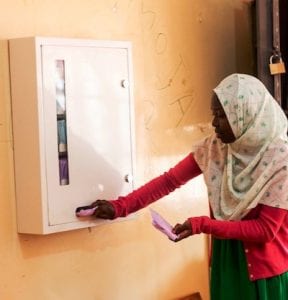
Agriculture
August 14, 2024
Implemented by
Esther Mwangi, EsVendo
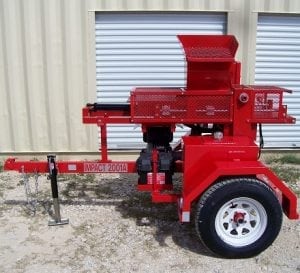
Agriculture
February 26, 2024
Implemented by
Advanced Earthen Construction Technologies (AECT)
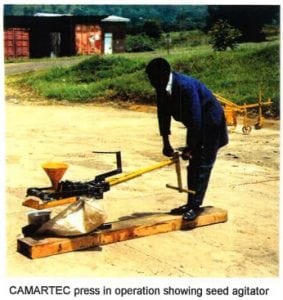
Agriculture
February 1, 2024
Implemented by
Centre for Agricultural Mechanization and Rural Technology (CAMARTEC)
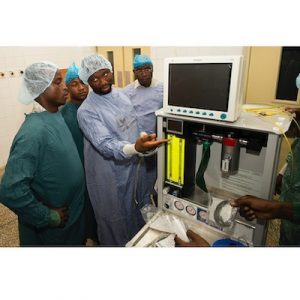
Agriculture
February 5, 2024
Implemented by
Gradian Health Systems
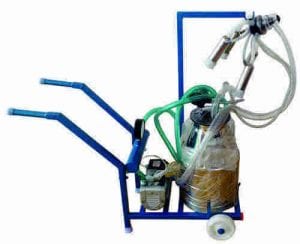
Agriculture
February 1, 2024
Implemented by
Lifeway Solar
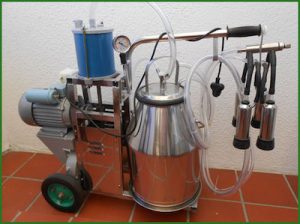
Agriculture
February 16, 2024
Implemented by
Dairy Dynamics
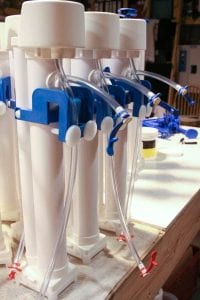
Agriculture
December 27, 2023
Implemented by
Aquabox, UK
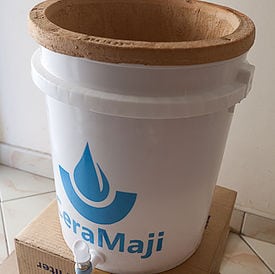
Agriculture
January 11, 2024
Implemented by
Kenya Ceramic Project (KCP)

Agriculture
January 19, 2024
Implemented by
Clean Team Ghana
Have thoughts on how we can improve?
Give Us Feedback